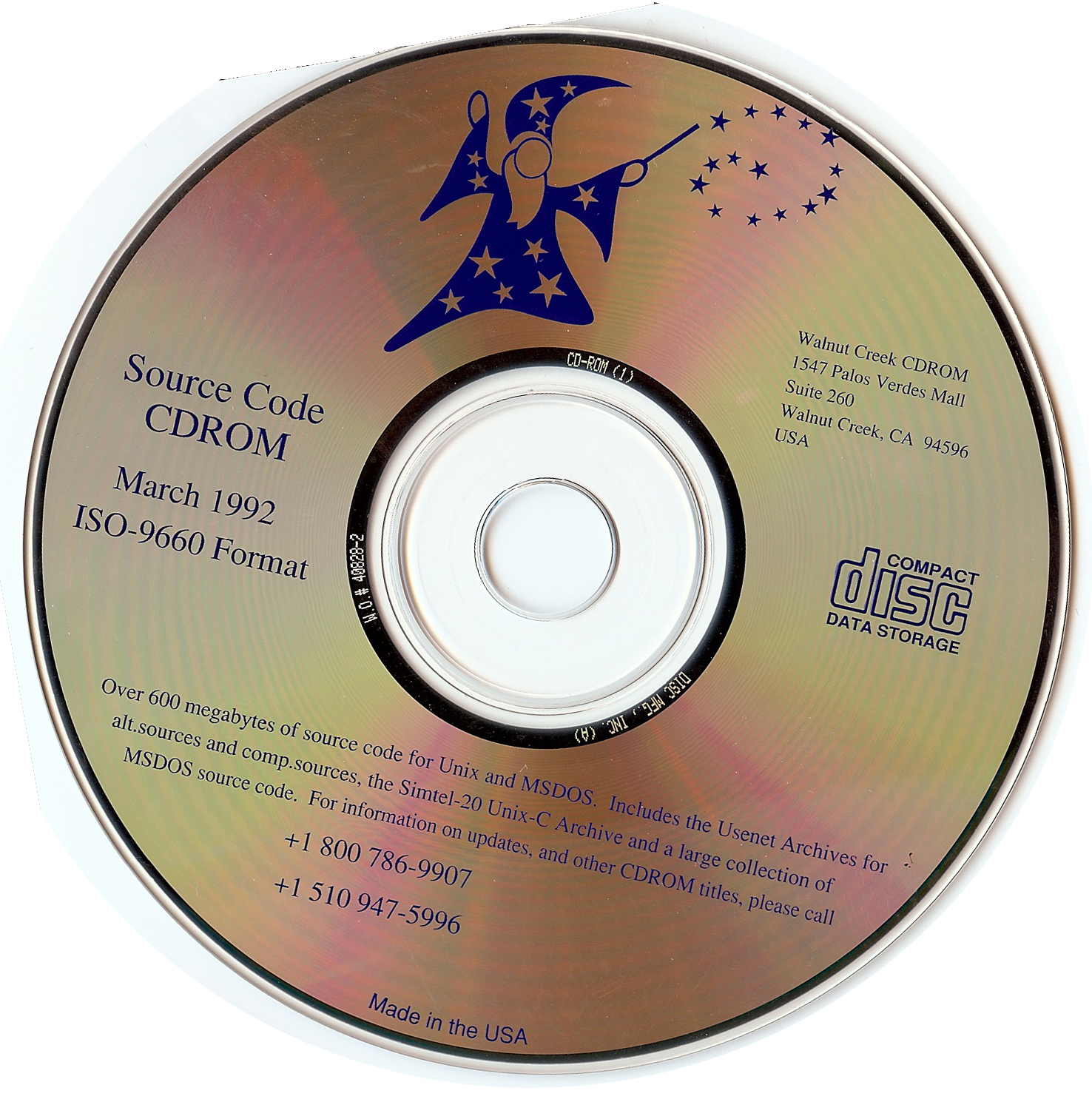Download Game Art Truck Battle Iso

Download this game from Microsoft Store for Windows 10, Windows 8.1. See screenshots, read the latest customer reviews, and compare ratings for Sniper Fury.
ISO 9001 has provided a common basis for communicating and specifying requirements through supply chains for nearly three decades. The standard has evolved from the heavily manufacturing bias in the 1980s and 1990s, to one that delineates requirements to define and control processes for any type of organization. While advanced continuous improvement methodologies, including Lean and Six Sigma, have become more popular, ISO 9001 along with its industry specific variants is still considered a foundation for quality in many organizations and industries. The much anticipated revision of ISO 9001 was finally issued this past September. Every revision tends to create speculation and energy. Quality practitioners want to know what they have to prepare for, while business leaders wonder what it will cost in consulting fees and administrative effort to maintain certification. It’s common to wonder if the changes will add value and improve delivered quality.
There hasn’t been a revision yet that prevents errors, downtime, supply chain price increases, or complaints, so why change at all? The revision issued in 2000 introduced the process approach, while the revision issued in 2008 included minor changes. The speculation leading up to the current version was so great that ASQ published an article last year using a play on the WWII era British “Keep Calm” crisis message ( Quality Progress, September 2015). While there are a few significant changes, you’re not in crisis. There are five key things to keep in mind as the 2015 edition is rolled out.
First, relax. There is a three-year transition period during which your ISO 9001:2008 registration is valid.
There are changes, such as “determine the context of the organization,” where documented evidence is not specified. As the registrars come to terms with interpretation and audit strategy, they’ll be able to communicate expectations to their clients. If you’re just beginning the process of meeting the ISO 9001 standard, you can choose. The benefit of starting with the 2015 version is that you won’t need to consider additional requirements within the next three years. Beginning with the 2008 version, however, gives you the opportunity to become registered while industry experts sort out the criteria and interpretations. If registration is a requirement in your supply chain—as a customer or supplier—engaging with partners will ensure expectations are met.
Msdn library visual studio 60a cd1 and cd2 2. Supported Operating System Windows 2000, Windows 2000 Advanced Server, Windows 2000 Server, Windows 2000 Service Pack 2, Windows 2000 Service Pack 3, Windows 2000 Service Pack 4, Windows 95, Windows 98, Windows 98 Second Edition, Windows ME, Windows NT, Windows Server 2003, Windows XP • • Microsoft Data Access Components (MDAC) 2.5 or later This is the same version MDAC that is installed by the Microsoft Windows 2000 operating system and can be found. Microsoft Download Manager is free and available for download now. It also allows you to suspend active downloads and resume downloads that have failed.

Supplier Day conferences can also provide forums to share information quickly, among the business as well as getting feedback to and from third-party registrars. Second, the international management system standards are required to be reviewed and updated at routine intervals. This is to ensure standards remain relevant and widely applicable. With a new version issued every 6-7 years, change is inevitable. In this recent revision, a key driver was the standardization of format among management system standards (ISO 9001, ISO 22000 and ISO 50001, as examples). This facilitates the process of complying with multiple standards without setting up redundant processes and systems. The 10-section format will be consistent among this type of international standard.
The Introduction and Sections 1-3 give the document itself a context. There is a defined scope for the document and references are given for other applicable companion standards—ISO 9000:2015 provides definitions relevant to ISO 9001:2015. These sections are not implemented or part of the registration audit. The actionable sections with auditable requirements are: Section 4: Context of the Organization Section 5: Leadership Section 6: Planning Section 7: Support Section 8: Operation Section 9: Performance Evaluation Section 10: Improvement.
Because it is a system standard, there are many interconnections and cross-references throughout the standard. Give it a thorough read for content, then review again noting those linkages. It will help in understanding the benefit of some requirements and give insight into implementing them. Third, because systems are interconnected, this edition eliminates the opportunity for “permissible exclusions.” It has been possible in the past to draw a box around the scope of an ISO 9001 certificate and leave certain functions outside. Development, corporate functions, and complex supply relationships are a few examples. The new standard requires that any function necessary to deliver product or service to the customer must be part of the formal quality system. Fourth, the process focus remains in this latest version, as present as in the last two versions.